"ω" is frequency in radians/second, R Admittance formula on 7/3/14 Thanks to Bob N for catching the errors (source Reference Data for Engineers, 1993) Please Support RF Cafe by purchasing my ridiculously low−priced products, all of which I createdA formula always starts with an equal sign (=), which can be followed by numbers, math operators (such as a plus or minus sign), and functions, which can really expand the power of a formula For example, the following formula multiplies 2 by 3 and then adds 5The electrical resistance in ohms is equal to the kiloohms multiplied by 1,000 For example, here's how to convert 5 kiloohms to ohms using the formula above 5 kΩ = (5 × 1,000) = 5,000 Ω

Please Tell Me Where Does C 1 Cos Omega T C 2 Sin Omega T Come From In This Context Mathematics Stack Exchange
ω formula
ω formula-43 WATERWAVES 5 Wavetype Cause Period Velocity Sound Sealife,ships 10 −1−10 5s 152km/s Capillaryripples WindThis type and give rise to SHM We find a useful formula for that case ω= k m The potential energy for the force F=−mω2x is easily obtained U(x)=1 2 mω2x2 In any situation where the (total) potential energy is a positive constant times x2 the motion is SHM and the constant is 2 1mω2 This allows determination of ω from a formula for
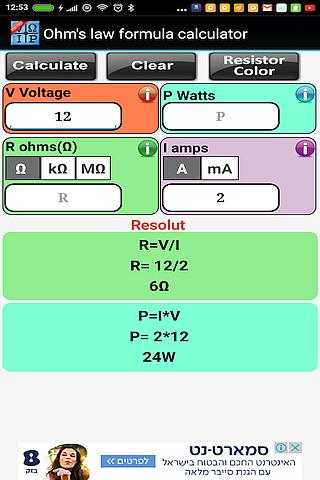



Ohm S Law Formula Calculator For Android Apk Download
Ω = = N N N N N N N N N For a twostate paramagnet in zero field, the energy of all macrostates is the same (0) A macrostate is specified by (N, N↑) Its multiplicity the number of ways of choosing N↑ objects out of N N Ω = ( ,0) 1 ( ,1) Ω = N N ( ) 2 1 ( ,2) × − Ω = N N N ( ) ( ) 3 2 1 2 ( ,3) × × − × − ΩR = 6 V 3 A = 2 Ω Applying Ohm's Law V I R Ω (U03) or Ω (U2126) Apple ALT (lowercase) z The symbol for ohm, the unit of electrical resistance in the International System of Units Usage notes The Unicode Standard states that the U2126 Ω ohm sign is included in Unicode only for backward compatibility reasons To represent ohms, the U03 Ω greek capital letter omega is
−ω ω 0 ω FIGURE 101 Ideal bandpass filter to ext ract a band of fequencies om input, x(t) Because of the way we are obtaining y(t) from x(t), the expected power in the output y(t) can be interpreted as the expected power that x(t) has in the selected passband Using the fact that Syy(jω) = H(jω)2Sxx(jω) , (102) What is Omega formula?Formula β(t) = arcsin( cos(δ s (t)) x sin(i) x sin(Ω(t) Ω s (t)) sin(δ s (t)) x cos(i)) Where, δ s (t) = Declination of the Sun i = Inclination of Orbit Ω(t) = Position of the Ascending Node Ω s (t) = Right Ascension of the Sun β(t) = Beta Angle Related Calculator
Angular frequency (ω), also known as radial or circular frequency, measures angular displacement per unit time Its units are therefore degrees (or radians) per second Angular frequency (in radians) is larger than regular frequency (in Hz) by a factorPower needed for BCI probe or EM Clamp (150Ω) for given Insertion loss(IL(dB)) 10 150 10 2 10 IL LOG Volts Watts 10 10 2 150 10 IL LOG Amps Watts Conducted current measurement using a current probe Where reading is in dB V and probe factor is dBΩ or Ω dB A dB V dB dB A dB V Log( ) Power needed for TEM Cell (50) 05 2R 2 = Resistance across which current is to be determined = 4 Ω I t = Total current (Incoming current at the node) = 10 A R t = Equivalent resistance of parallel resistors (See formula below) = 133 Ω Solved Problem From the above data, we can easily find a solution to our problem I 2 = ( R t / R 2) * I t = (133 Ω / 4 Ω) * 10 A I 2



Find F From Formula W 2pf




Properties Of Cube Root Of Unity Omega Theory Of Quadratic Equation Math Dot Com Youtube
Points farther from the axis move faster, satisfying ω = v / r In physics , angular frequency ω (also referred to by the terms angular speed , radial frequency , circular frequency , orbital frequency , radian frequency , and pulsatance ) is a scalar measure of rotation rateVoltage to Power Conversion in a 50 Ω System (with no DC component) A lot of people have a hard time converting between power and voltage in 50 Ω systems The full derivation requires a little extra work because of the use of the rootmeansquare value of a sinewave, based on its peak voltage value Here's how it's doneThe frequency formula in terms of wavelength and wave speed is given as, f = 𝜈/λ where, 𝜈 is the wave speed, and λ is the wavelength of the wave The frequency formula in terms of angular frequency is given as, f = ω/2π where ω is the angular frequency




What Is Ohms Law Formula Equation Electronics Notes




Frequency And Angular Frequency Bosquese
Angular Speed Formula computes the distance covered by the body in terms of revolutions or rotations to the time taken It is represented by ω and is given as Distance travelled is represented as θ and is measured in radians The time taken is measured in terms of secondsω)= ∞ −∞ f (t) e − jωt dt • F is a function of a real variable ω;thef unction value F (ω) is (in general) a complex number F (ω)= ∞ −∞ f (t)cos ωtdt − j ∞ −∞ f (t)sin ωtdt • F (ω) is called the amplitude spectrum of f;Current Formula Current (I) = Voltage (V) ÷ Resistance (R) I (amps) = V (volts) ÷ R (Ω)
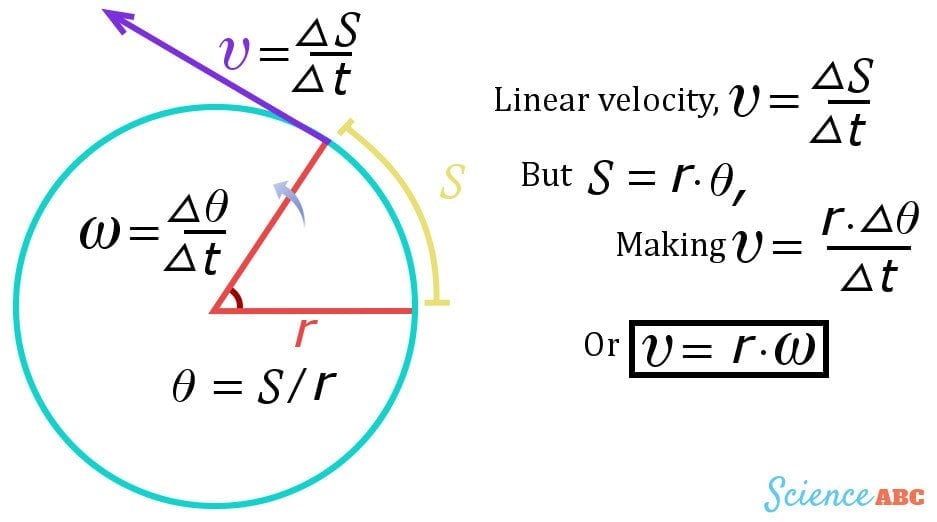



Tangential Velocity Definition Formula And Equation




Calculating Omega W In A Separately Excited Dc Motor Electrical Engineering Stack Exchange
Solutions of Differential Equations of SHM The differential equation for the Simple harmonic motion has the following solutions x = A sin ω t x=A\sin \omega \,t x = Asinωt (This solution when the particle is in its mean position point (O) in figure (a) x 0 = A sin ϕ { {x}_ {0}}=A\sin \phi x0Angular frequency is associated with the number of revolutions an object performs in a certain unit of time In that sense is related to frequency but in terms of how many times it turns a full period of motion in radians units The formula of angular frequency is given by Angular frequency = 2 π / (period of oscillation)ω(t) = d dt θ(t) (1) Motivational Example The following formula, known as Carson'sruleis often used as an estimate of the FM signal bandwidth BT = 2(∆f fm) Hz (16) where ∆f is the peak frequency deviation and fm is the maximum baseband message frequency component Example



Rotational Quantities




Please Tell Me Where Does C 1 Cos Omega T C 2 Sin Omega T Come From In This Context Mathematics Stack Exchange
Answer The potential difference can be found using the Ohm's Law formula V = 640V The potential difference across the resistor in the circuit is 640 VWhere I is the current in amperes, V is the voltage in Volts, and R is the resistance in Ohms (Ω) The three are equivalent transformations of the Ohm's law formula and are used in circuit analysis and planning of electrical grids For instance, to calculate resistance, write the formula as R = ΔV / I You can also measure resistance easily, using a multimeter ΔV is the voltage, measured in Volts (V) It is also called the potential difference I is the current, measured in Amperes (A) R is the resistance, measured in Ohms (Ω)




Angular Acceleration Physics
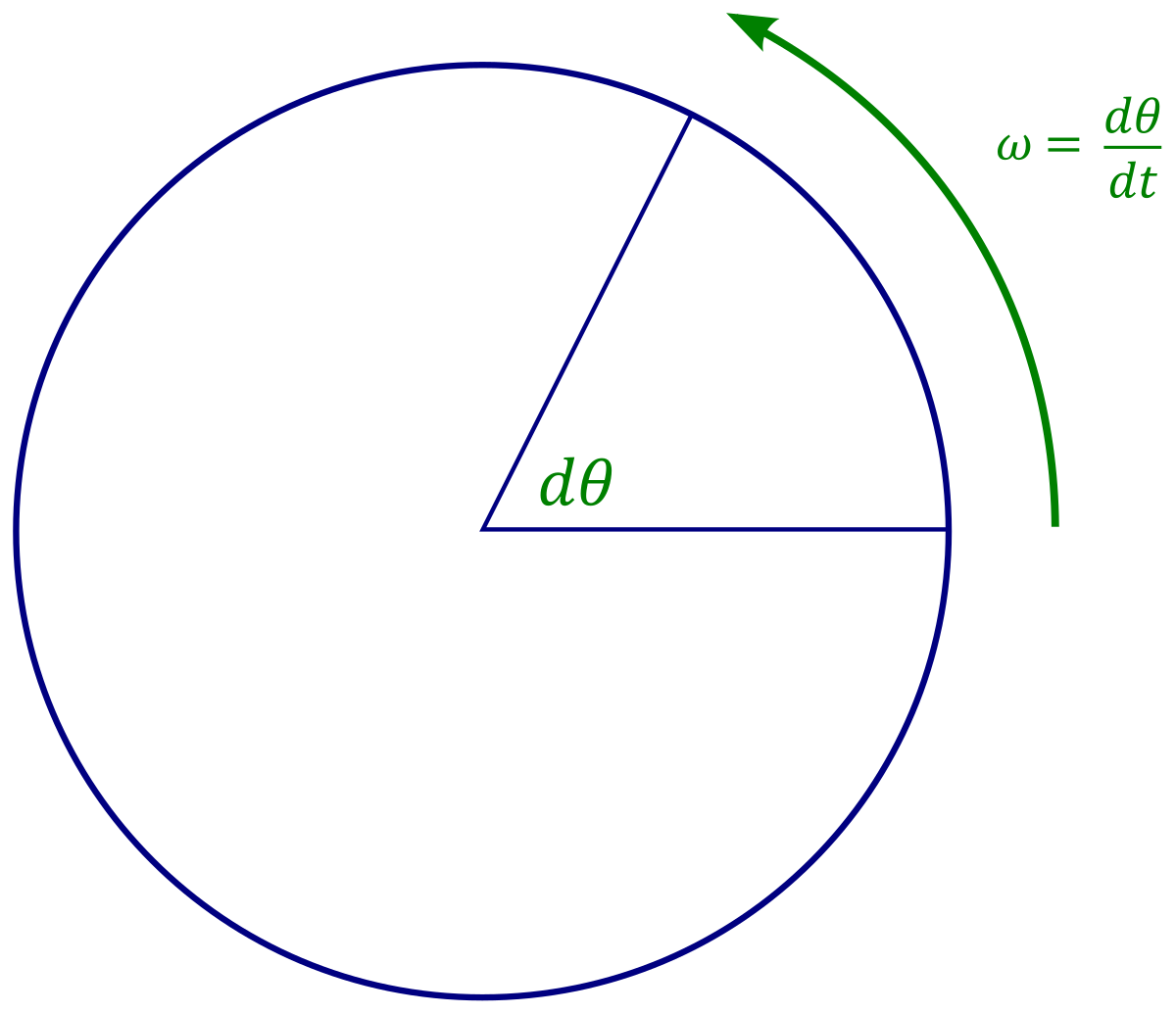



Angular Frequency Simple English Wikipedia The Free Encyclopedia
Ohm's Law Formula Questions 1) A current of 0 A is flowing through an electric circuit What is the potential difference across a resistor, with a resistance of ?This will give us an equation relating k and ω, which tells us about the possible wavelengths and frequencies of waves in our plasma 511 Simple Case Isotropic Medium σ = σ 1 (521) = 1 (522) Take k in z direction then write out the Dispersion tensor D In the equation, the constant of proportionality, R is Resistance and has units of ohms, with symbol Ω The same formula can be rewritten in order to calculate the current and resistance respectively as follows Ohm's law only holds true if the provided temperature and the other physical factors remain constant




Ohm S Law Definition Formula Example Voltage Current And Resistance




How To Convert Angular Velocity To Linear Velocity Video Lesson Transcript Study Com
Further, upon applying the angular speed formula and placing the figures accordingly, we will get ω = θ /t ω = 2π/ sec ω = radians/sec = 726 × 10 5 rad/sec Therefore, the angular speed of the earth is 727 × 10 5 rad/sec Question There is a carnival happening where children are flocking to the Ferris wheel in groups232 ω = 4 occurs, because of the amplitude factor t If ω 6= 4, then xp(t) is a pure harmonic oscillation, hence bounded If ω = 4, then xp(t) equals a time–varying amplitude Ct times a pure harmonic oscillation, hence itV 4 Ω I = V 4 Ω = 5 A 1 A 3 A 6 V ?




Omega Squared Definition Statistics How To
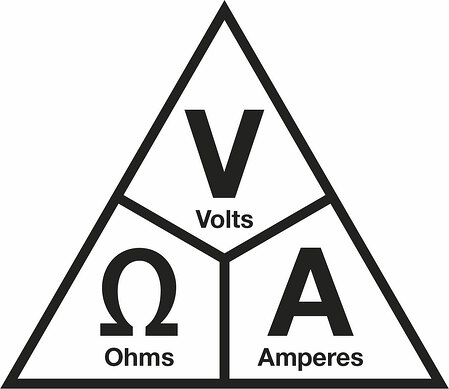



How To Apply Ohm S Law Jade Learning
Kinematics is the description of motion The kinematics of rotational motion describes the relationships among rotation angle, angular velocity, angular acceleration, and time Let us start by finding an equation relating ω, α, and tTo determine this equation, we recall a familiar kinematic equation for translational, or straightline, motionBigΩ (BigOmega) notation Sometimes, we want to say that an algorithm takes at least a certain amount of time, without providing an upper bound We use bigΩ notation;Ohm's law calculation formula The voltage V in volts (V) is equal to the current I in amps (A) times the resistance R in ohms (Ω) V (V) = I (A) × R (Ω) The power P in watts (W) is equal to the voltage V in volts (V) times the current I in amps (A) P (W) = V (V) × I (A) AC Ohm's law calculator



Ohm S Law




The Graph Shows The X Displacement As A Function Of Chegg Com
The units of all values are Ohms (symbol Ω) 1 Ohm is defined as electrical resistance between two points that, when applied with a potential difference of 1 volt, produces a current of 1 ampere Hence, 1 Ω = 1 V / 1 A or, in SI base units, Ω = kg·m²/ (s³·A²) How to calculate parallel resistanceThe formula for calculating the output voltage is based on Ohms Law and is shown below R 1 is the resistance of the 1st resistor, measured in Ohms (Ω) R 2 is the resistance of the 2nd resistor, measured in Ohms (Ω) Enter any three known values and press "Calculate" to solve for the otherThat's the Greek letter "omega" If a running time is , then for large enough , the running time is at least for some constant



Density Parameter Omega




Frequency Time Period And Angular Frequency Definition Formulas And Faqs
Ohm's law formula The resistor's current I in amps (A) is equal to the resistor's voltage V in volts (V) divided by the resistance R in ohms (Ω) V is the voltage drop of the resistor, measured in Volts (V) In some cases Ohm's law uses the letter E to represent voltage E denotes electromotive force I is the electrical current flowingU = g on ∂U (2) From this formula we can obtain many regularity estimates for u, as we will see in the next lecture However, such estimates only apply to u given by the above formula InZn = cos (0 2kπ) i sin (0 2kπ) = ei2kπ , k = 0, 1, 2, Using deMoivre's theorem, we find the nth roots of unity from the equation given below Given a positive integer n , a complex number z is called an n th root of unity if and only if zn = 1 Therefore ω is an nth root of unity




Ohm S Law Formulas Ohm Law




The Tyre Shop Vitour Tires Formula Omega W In Mauritius Facebook
F (ω) is the phase spectrum of f • notation F = F= V sin (ωt) Equation 103 I(t) = I sin (ωt θ SP) Equation 104 where, V = rms voltage I = rms current (Note Equations 101 and 102 are accurate expressions for instantaneous voltage and instantaneous current with respect to time Equation 101 can be used to compute the precise value of voltage at a selected value of time (t)Ω G(x,y) f(y)dy − Z ∂G(x,y) ∂n y g(y)dS y (1) solves − u= f in U;




Angular Frequency Wikipedia




Un Viaje Alrededor De Alfa Y Omega Para Estimar La Fiabilidad De Consistencia Interna
Angular frequency ω (in radians per second), is larger than frequency ν (in cycles per second, also called Hz), by a factor of 2π This figure uses the symbol ν, rather than f to denote frequency A sphere rotating around an axisThe Angular Speed Formula generally computes the distance that is covered by the body in terms of revolutions or rotations to the time taken It is said to be represented by letter or symbol ω and is given as Angular speed = the total distance covered/total time taken Circular or Rotational Motion




What Is Ohms Law Formula Equation Electronics Notes




Angular Velocity Formula Definition Example More




How Was Math Theta Omega T Math Derived Quora




A Rod Pivoted At Its Center Is Rotating With An Angular Speed Of Omega 9 00rad S On Frictionless Ball Bearings The Rod Has A Length Of L1 3 00m But Is Length




Angular Velocity Wikipedia




Is There A Proof For W 2 Omega Squared Under Root K M Or It Is An Experimentally Determined Relation Quora



Ohm S Law Calculation Calculator Calculate Power Formulas Mathematical Ohm S Law Pie Chart Electric Voltage Drop Electric Current Resistance Formula Watt S Law Emf Magic Triangle Equation Tip Online Voltage Volts Resitor Resistance Amps




Angular Acceleration Definition Formula Angular Acceleration Formula



1



New Page 1




3 Ways To Calculate Angular Acceleration Wikihow




Omega 6 Fatty Acid An Overview Sciencedirect Topics




Electricity Detailed Contents




Properties Of Cube Root Of Unity Omega Theory Of Quadratic Equation Math Dot Com Youtube



How To Proove V Omega Cross R V W R Quora



1




6 Atmospheric Absorption G As A Function Of Angular Frequency W The Download Scientific Diagram
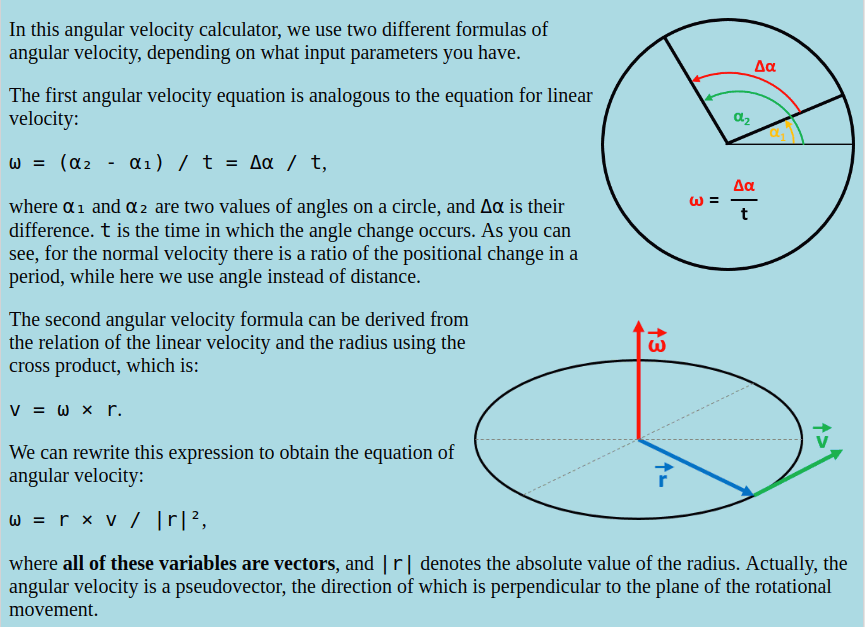



Angular Velocity Dimensional Formula With Calculator Pakainfo



Rotational Quantities
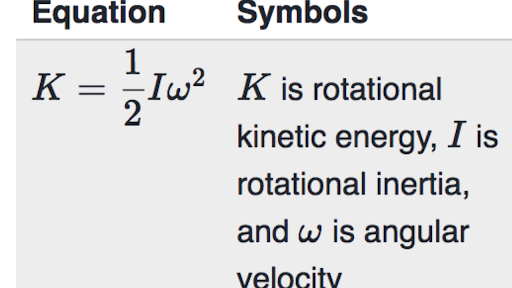



Rotational Kinetic Energy Review Article Khan Academy
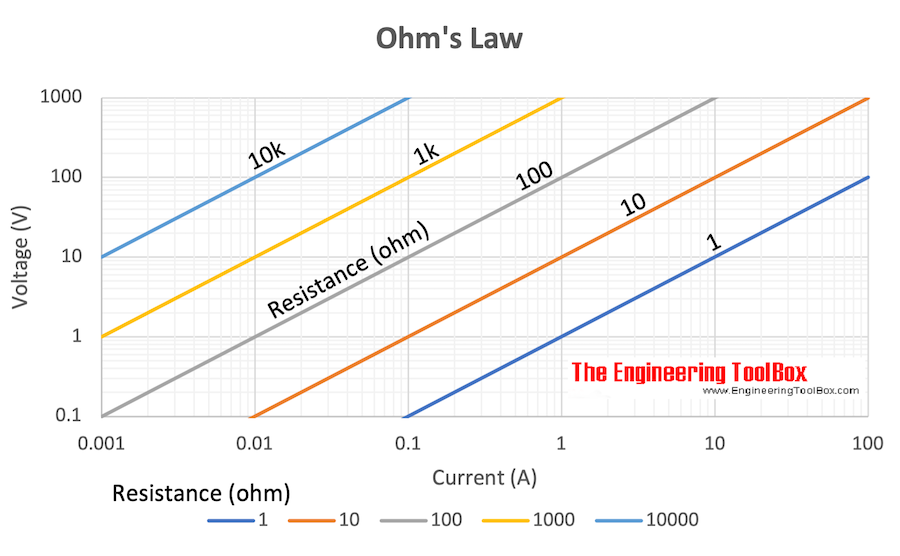



Electrical Formulas
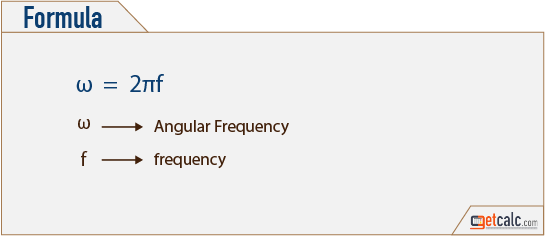



Angular Frequency W Calculator




Power And Torsion P T W Tl Jg Total Twist Chegg Com




Write A Formula For The Final Angle Theta F An Object Chegg Com




Ohm S Law Formula Calculator For Android Apk Download




Angular Frequency Academic Kids




Ohm S Law Wikipedia
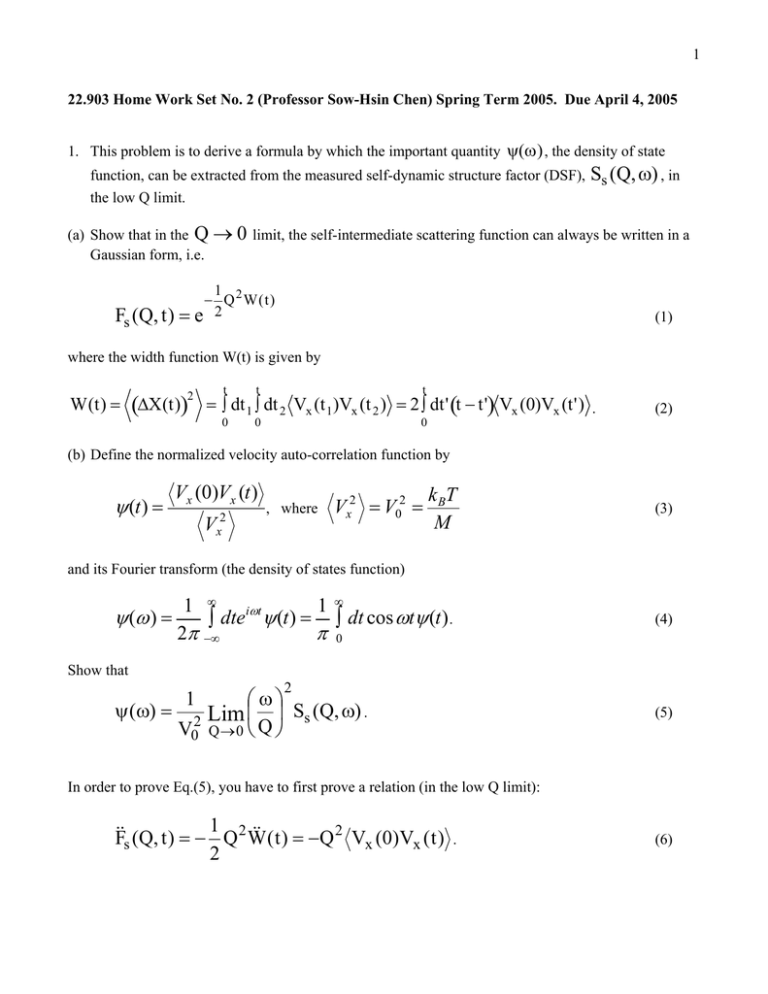



W Q



What Is A Torsional Constant Physics Forums



Angular Frequency W Questions And Answers In Mri
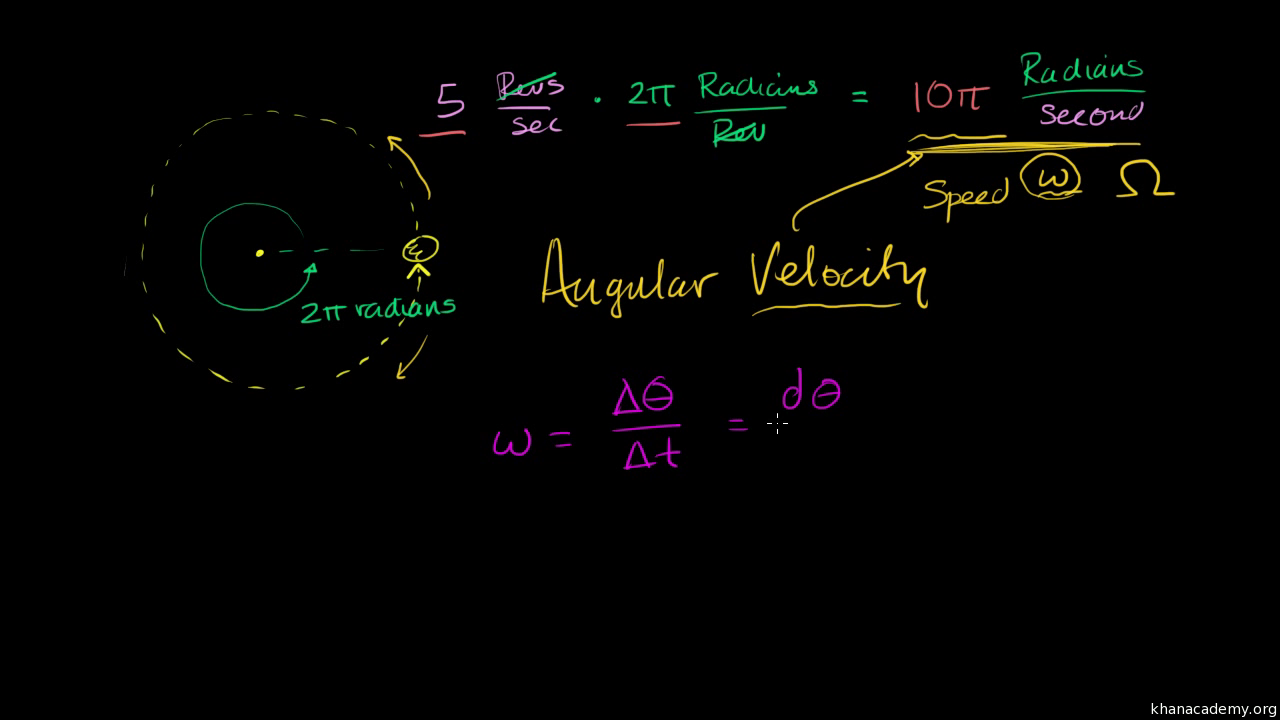



Relationship Between Angular Velocity And Speed Video Khan Academy




The Relative Error Of The Minnaert Resonance W C Obtained By The Two Download Scientific Diagram




What Is Ohm S Law Fluke




A Set Of Values Of The Objective Function Described By The Formula Download Scientific Diagram




Ohm S Law Calculator
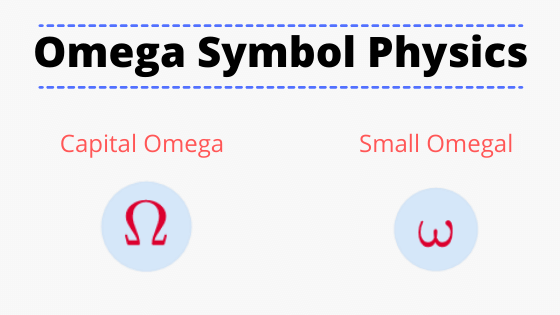



Omega Symbol Physics Uppercase And Lowercase Omega Symbol Meaning




Oscillator Angular Frequency Equation Physics Stack Exchange




In The Relation Y Rsin W T Kx The Dimensional Formula For Kx Or W T Is Same As




In The Equation Y Asin Omega T Kx The Dimensional Formula Of Omega Is
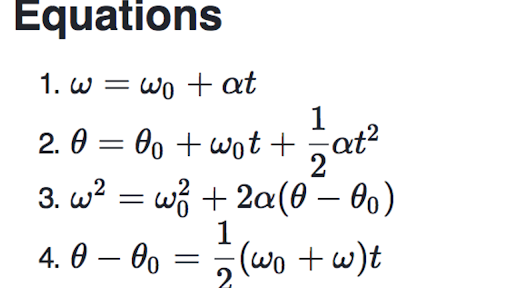



Angular Kinematics Review Article Khan Academy




How To Proove V Omega Cross R V W R Quora




Ohm S Law Triangle Ohm Law
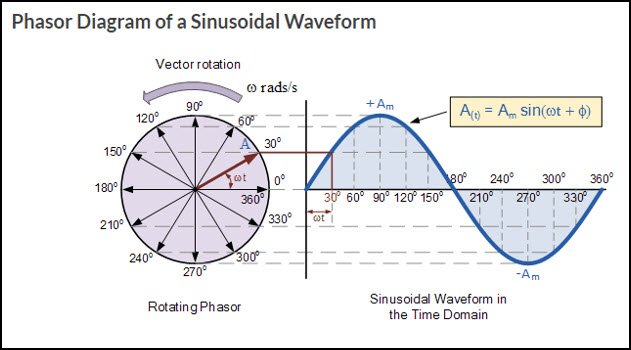



Relation Of Radians Angular Velocity To Ac Gbc Electronics Technician




What Does W Stands For In The Instantaneous Voltage Equation Of An Ac Voltage Quora




Angular Frequency W Questions And Answers In Mri
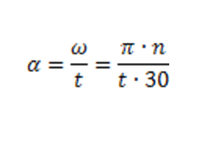



Basics Of Angular Acceleration And Rotational Moment Of Inertia



How Is Angular Frequency Different From Angular Velocity I Mean We Can Tell Intuitively What Angular Velocity Is But What S The Intuitive Explanation Of Angular Frequency Socratic



The Experimental And Fitted Through Drude Smith Formula Real S 1 W Download Scientific Diagram



What Is Ohm S Law Explained With Formula And Examples




Attenuators Amplifiers And Active Devices Electronics Textbook



The Pendulum In Action




Quantities Of Rotational Kinematics Boundless Physics




In The Formula W What Is Meant By The Angular Chegg Com




The Position Of The Synchronous Resonance Center According To Formula Download Scientific Diagram




Angular Velocity And Frequency Youtube




Angular Velocity Omega Vr Or Omega V R Physics Stack Exchange




Kirchhoff Equations Wikipedia



Chapter 8




Specific Resistance Physics Of Conductors And Insulators Electronics Textbook




What Is Ohm S Law Fluke




Angular Velocity Formula Definition Best Example More Get Education Bee



1



Why Is Centripetal Acceleration Math Omega 2r Math Quora




Prime Omega Function Wikipedia
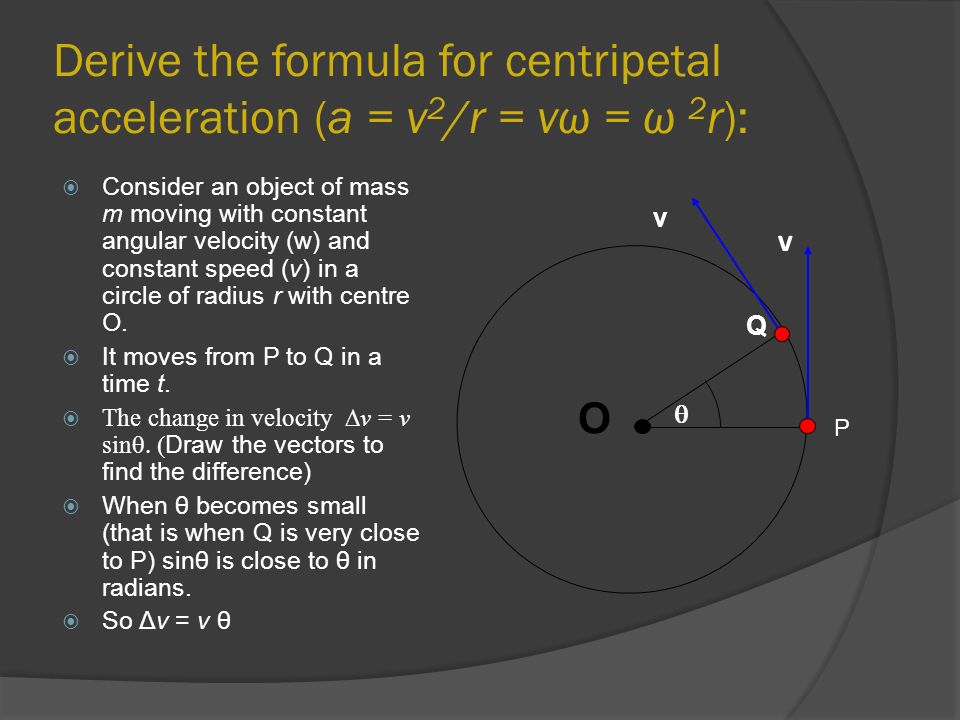



Circular Motion Express Angular Displacement In Radians Ppt Video Online Download




Angular Velocity Definition Formula Examples
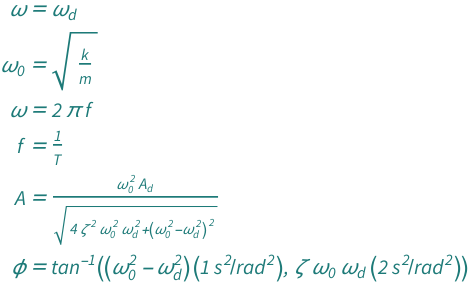



Damped Driven Spring Harmonic Oscillator Wolfram Formula Repository
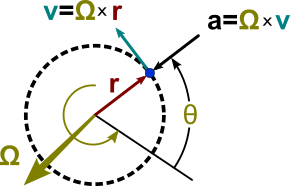



Circular Motion Wikipedia




Angular Velocity Definition Formula Examples Video Lesson Transcript Study Com




Ohm S Law Satatement Formula Solved Examples Electrical Volt




How To Calculate The Angular Velocity Formula The Education




What Is Ohm S Law Fluke




Vorticity Equation Wikipedia



1




Use The Formula Omega Theta T To Find The Value Of Chegg Com




Dependence Of The Stellar Polytropic Mass On The Rotational Velocity W Download Scientific Diagram




What Is Ohms Law Formula Equation Electronics Notes




Rotational Motion Of A Rigid Body



What Is The Value Of Math Omega Math In Complex Numbers Quora
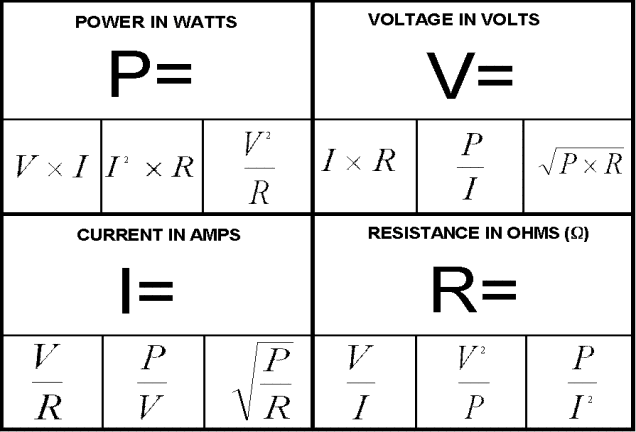



The Dreaded Ohms Law




Angular Velocity Omega Vr Or Omega V R Physics Stack Exchange
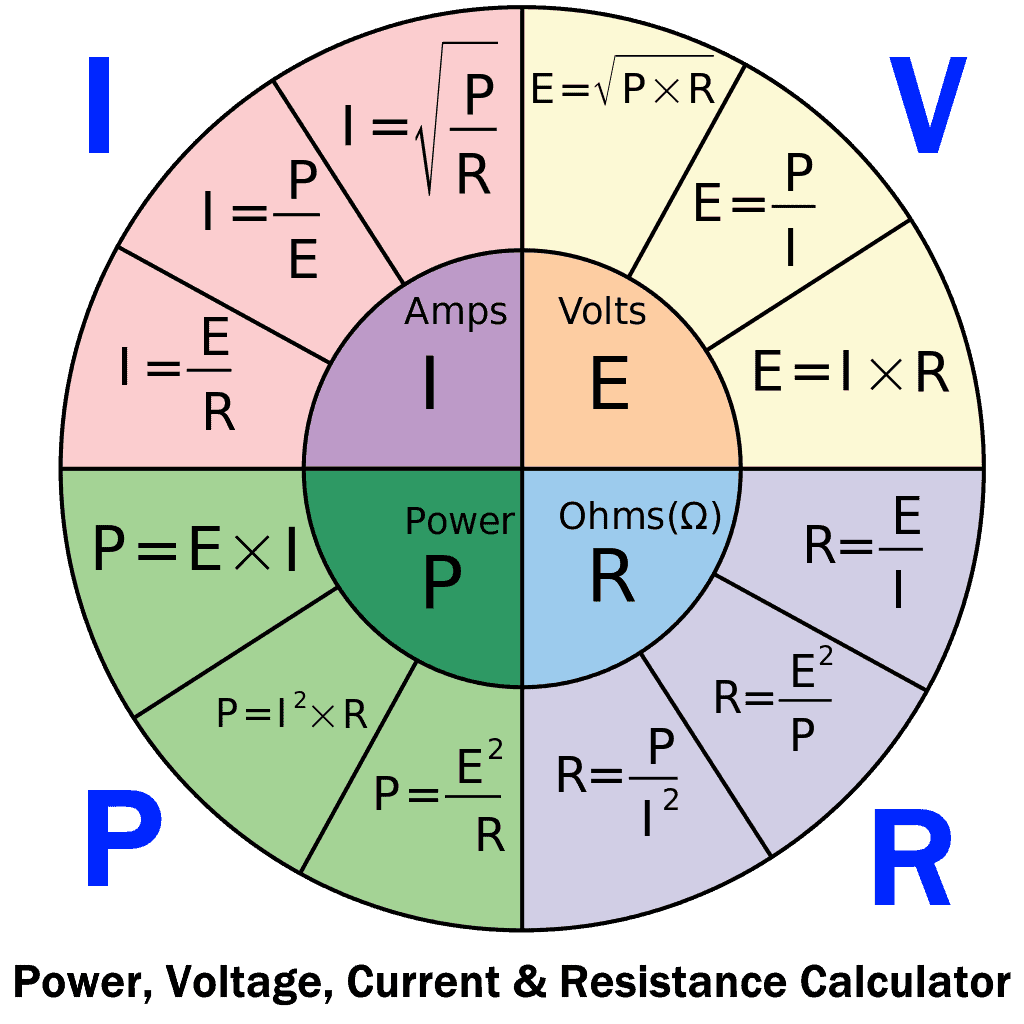



Ohm S Law Calculator P I V R Calculator With Formulas Equations



0 件のコメント:
コメントを投稿